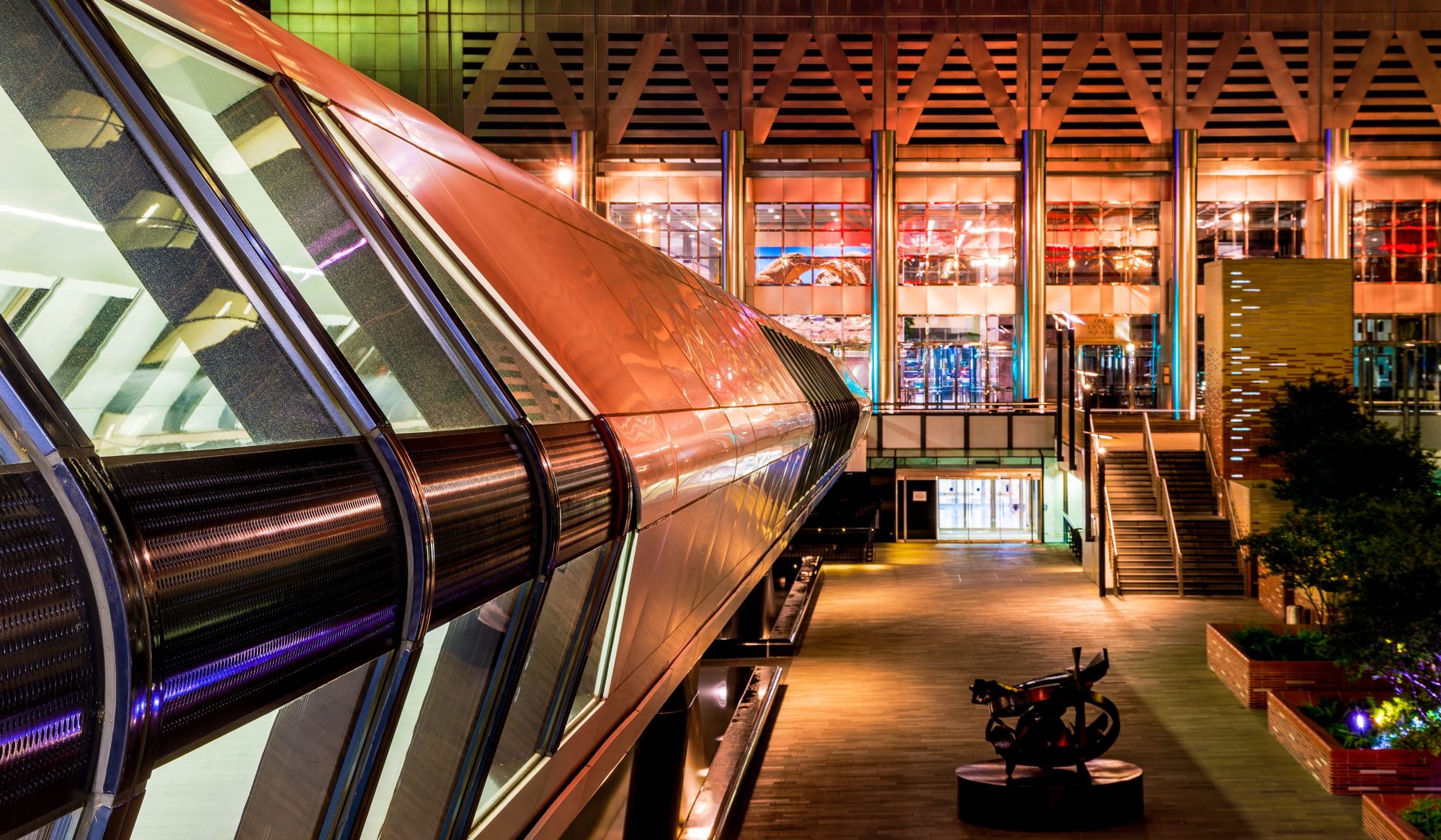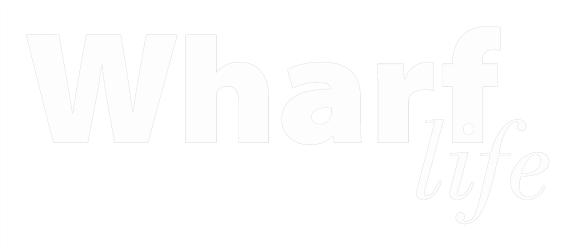Limehouse showcase will feature the photographer’s work from her ongoing project to capture the textures and wildlife of the Thèze Valley
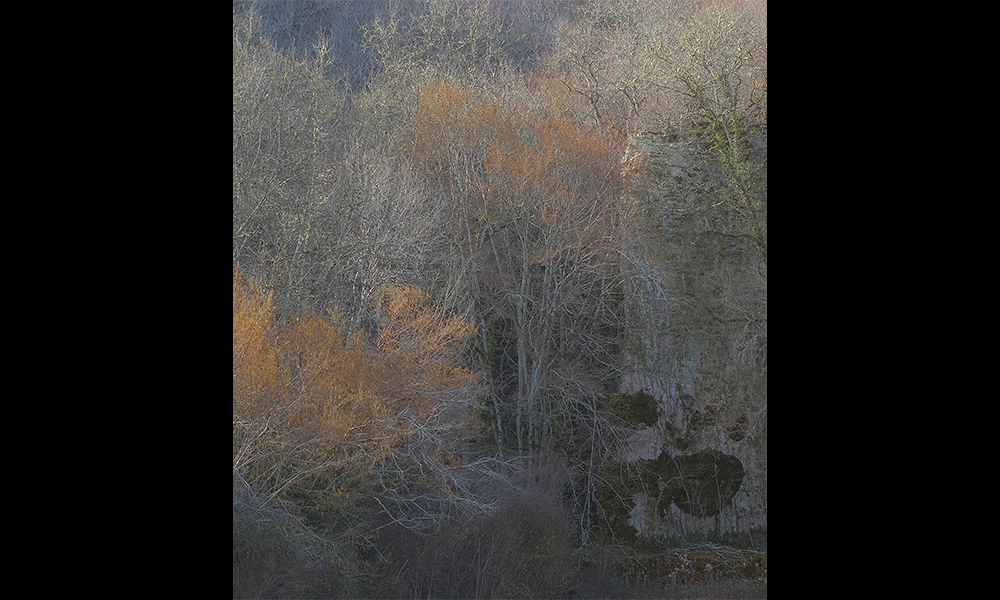
Subscribe to our free Wharf Whispers newsletter here
Rhiain Lefton’s landscapes might, at first glance, seem flat – images of trees and foliage that become almost abstract through her decision to limit perspective and sky in the frames.
However, there’s depth of a different kind behind each creation.
The artist and photographer is set to take over Limehouse’s Three Colt Gallery with a solo exhibition of her work from November 6.
She will be coming to London to hang her images and also to host a talk on her practice and its fruits on November 9, 2025.
“I’m from an artistic family, so I grew up looking at the world in that way and have been interested in photography from my teenage years,” she said.
“We moved to the Lot Valley in France when I was 11.
“I went back to the UK for university, to study social anthropology and a masters in critical theory.
“But I also took evening classes in analogue photography and started developing my work. I then returned to France about 10 years ago.
“I switched to digital cameras and started to become a professional photographer, developing an interest in tone and colour.
“When I came back to rural France I began working as a landscape photographer in a small valley nearby and have done that for nearly 10 years.
“The valley has a long and rich history from pre-historic times to the agricultural policies over the last few hundred years.
“You see so much change in that time in terms of man-made impact as well as nature.
“The constant changing of the landscape is interesting to me. I also think about deep time – the billions of years before humans existed.
“Change always seems very fast, but put in that context, we’ve only been here for the blink of an eye.”
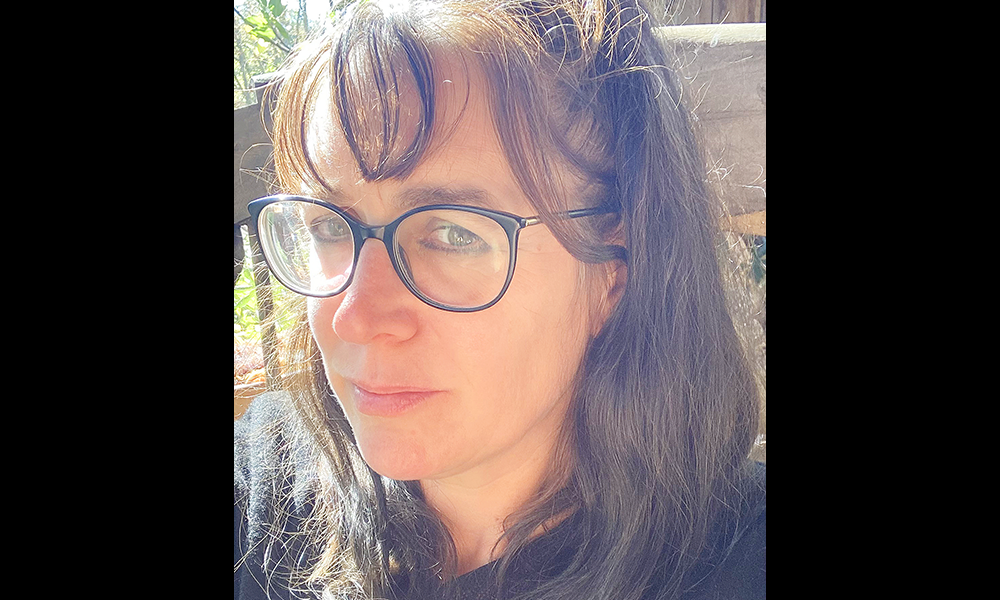
Rhiain Lefton: immersed in the landscape
Rhiain has spent almost a decade immersing herself in trees and cliffs of the Thèze Valley and capturing them.
“I live close by, so I keep an eye on weather, climate and season,” she said.
“The times I go out can be quite random and vary during the year.
“Because it’s a narrow valley, it takes a while for the sun to come over.
“Late morning is when you get interesting compositions of light.
“Sometimes I might go out every day for a week, then I might not for a couple of weeks – it’s unpredictable, but that’s the case with landscape photography generally.
“There’s a lot of patience involved and you get to know a place and how it looks at different times of the year.
“That’s why I’ve titled my latest project Cellular Intimacy, because it is intimate – you get a real sense of the place and a knowledge of it.
“That’s an important part of it because, while there’s an enormous amount of planning in landscape photography, you also have to allow for a sense of wonder – the feeling that this is the right moment.
“Connecting with the landscape is vital, although a lack of knowledge plays its part too – it’s both things working together.”
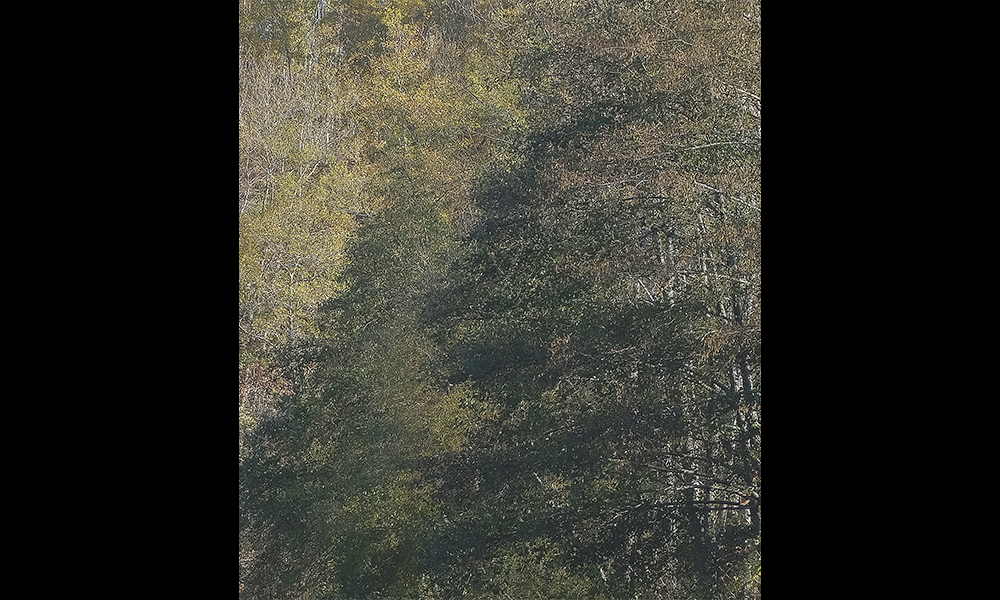
to texture and abstraction
While traditional landscape photography often involves epic vistas and the interplay between sky, land and water, Rhiain takes a different approach.
“As I developed my practice, I noticed I was going into the landscape more and more – there isn’t much sky in my images,” she said.
“I focus on the plant life itself and I’m interested in compositions there – seeing beauty or mystery within a smaller space.
“I had an interesting discussion with someone at the last exhibition I did about whether you’d call what I do landscape photography, nature photography or plant photography.
“I’m also interested in texture and the relationship between the different elements in a composition, almost going towards a kind of abstraction that is also linked to the intimacy I have with the valley and also to the barrier between humans and nature.
“While my images don’t obviously have anything made by people in them, the reason the trees are there is partly due to human intervention.
“I did a lot of research about the valley, looking at archives, and the area has changed so much over the last few hundred years – even in the last 50.
“To give an example, there’s a river that runs through it and the farmers used to farm right up to the edge of the water.
“But then there was a European directive that stated they had to pull back six metres to avoid contaminating the water with pesticides.
“Now all these trees – the alders and willows that like water – have grown up all along its banks and they look natural but they’re only here because of a human policy.
“People often think I’ve manipulated the images but where I have edited them it’s been minimal.
“The light here is unique and because the valley runs south-east to north-west you get areas of high contrast as the sun passes over.”
Rhiain said she was looking forward to showing her work in London.
“This is the second exhibition I’ve done at Three Colt Gallery,” she said.
“One of the things I really enjoy is the intellectual side of my images, discussing the ecological aspect to them and discovering different people’s views.
“Some respond to them immediately in the way they relate to them or feel drawn to them.
“Others really don’t. What people like or don’t like is a great mystery.
“However people respond is interesting.
“You’re inviting them to look at the world in a particular way and when they understand that it’s rewarding.
“If they don’t, it makes you think about what you’re doing.
“I’m interested in representation and truth so we’ll be talking about that in my talk and discussion in London.
“I’ll be asking whether we’re creating an archive of something that might not exist in the future.
“I also want to talk about Socratic truth and literal representation and how that fits into notions of documentary.
“Is there a clear line between artistic and documentary approaches?”
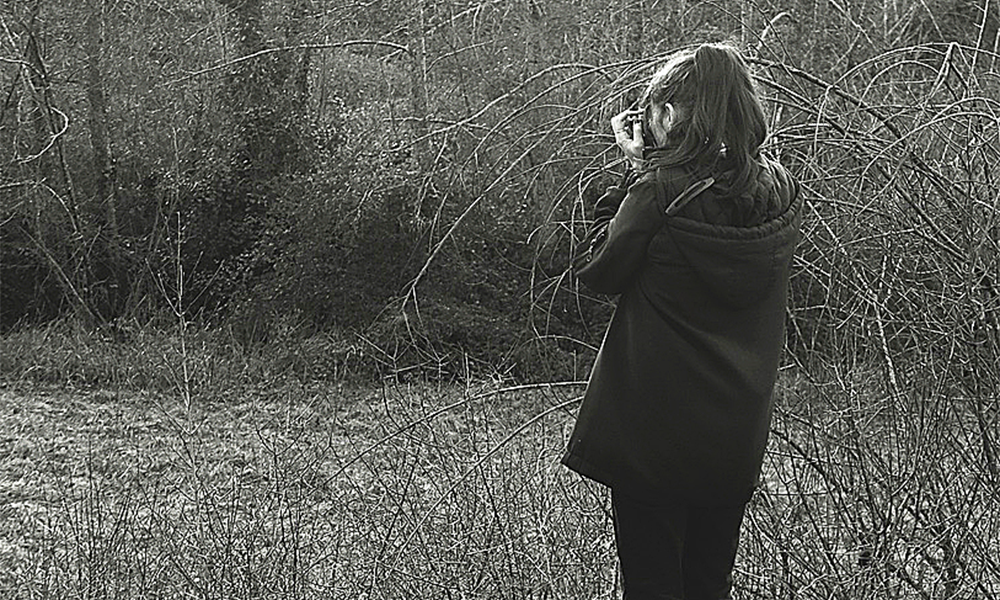
key details: Rhiain Lefton at Three Colt Gallery
Rhiain Lefton’s work will be on show at Three Colt Gallery in Limehouse from November 6-21, 2025.
The artist will be hosting a talk and discussion there on November 9 at 4pm.
The gallery is free to visit and opens from 10am-6pm most days. It is closed on Mondays.
Find out more about the gallery here
Read more: Artship to sail to the Isle Of Dogs
